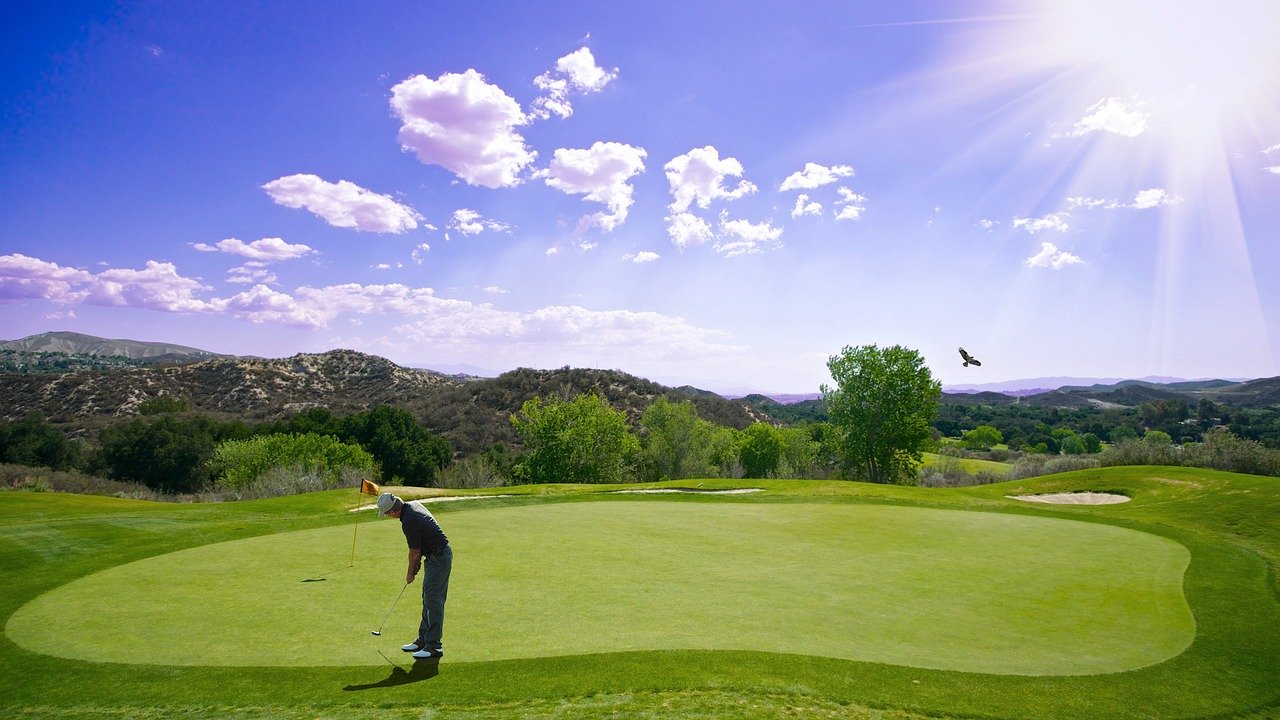
It crept out again, the most common self-diagnosis I hear on the golf course and the range.
“Keep your *****y head down”!!! Or words to a similar effect. I was doing a group lesson when a gentleman blurted out the same thing, repeatedly.
As I was with another client I decided to call the group together to dispel any belief that the cause of the gentleman in question, bad shots was in fact nothing to do with his head, well at least the excuse he was trying to give. This gentleman was adamant that he was lifting his head through the swing, resulting in topped or thinned shots. I asked him to hit some shots in front of the group and low and behold, he thinned the ball. Crying out again “see I lifted my head”.
What he had actually done was far more damaging to his swing and any potential improvements. He was instead trying so hard to keep his head down, he had no space in which to swing the club through the impact area, resulting in a “jump” to try and find some room. His legs straightened and he got up on to his tip toes.
Now if you take your posture and rest the club behind the ball, the club is in contact with the ground. From here I want you to move your head and only your head and see whether the club loses contact with the ground. If you are doing this exercise properly the answer will be a resounding NO!! Why? Because the head cannot cause the club to move away from the ground.
It is another movement that causes the club to be “lifted” from the ground. There are three common swing flaws that cause the club to make contact with the middle or top of the ball:
1 – You lift your torso up and away from the golf ball
2 – You straighten your legs (or jump at the ball)
3 – You pull your arms into your body
To further demonstrate my point, I showed the group that the golf ball (bottom of it) can indeed be hit without actually looking at the ball. So I played a shot, where when I reached the top of my backswing my focus moved from the ball to my target, the result a lovely straight shot that soared into the sky.
The next shot, I had my focus on a point on the horizon in front of me, from the start of my swing I never looked at the ball, the result was the same. One student, a beginner questioned this and asked why is it so important to look at the ball. The answer is because we have been drilled into thinking this way. Instead of asking students to look at the ball, I ask them to watch the ball. So as soon as contact is made the head can move to spot the ball and watch where it goes.
This freedom of movement allows students to rotate more freely and create a more powerful golf swing. If we watch the golf ball, instead of trying to focus on keeping our heads down we become better golfers.

Recent Comments